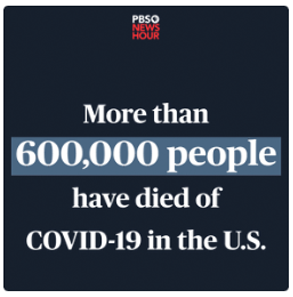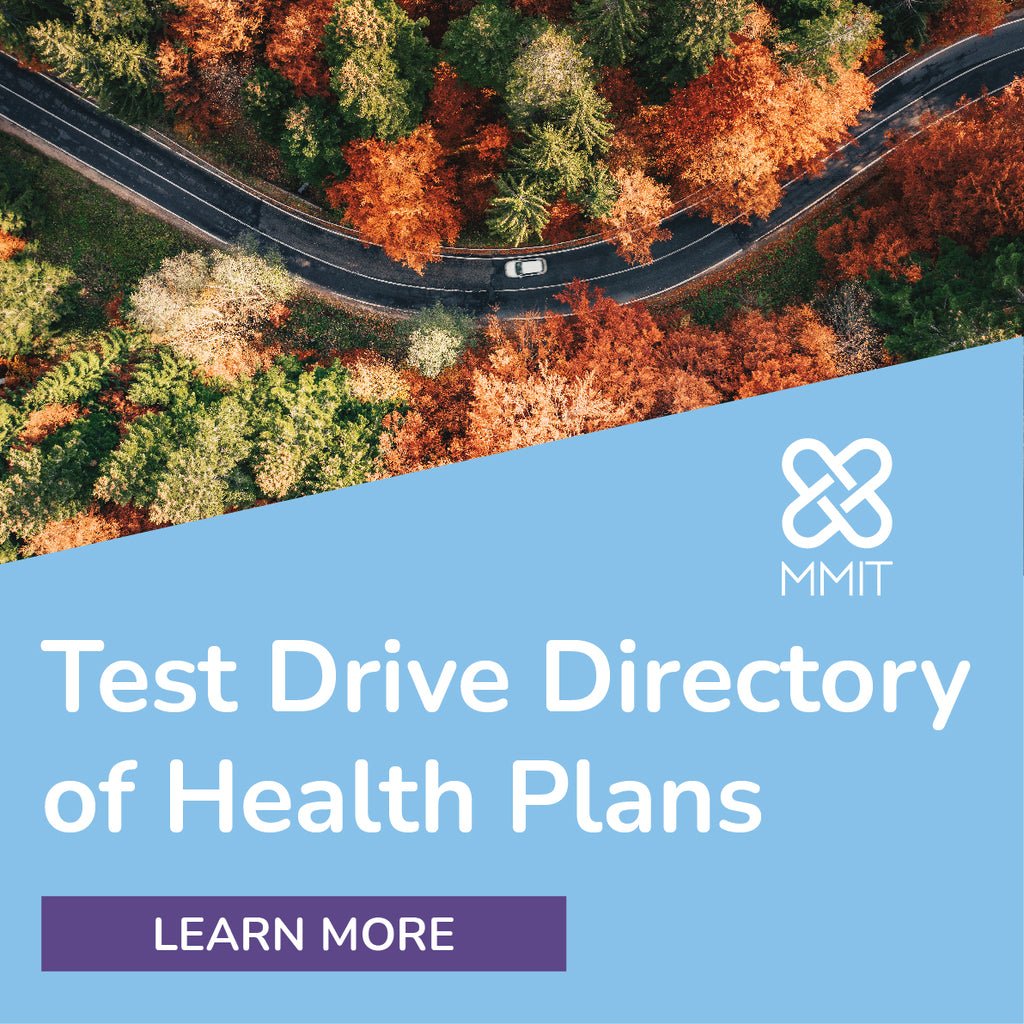Radar on Medicare Advantage
-
2022 Year in Review: The Top 25 Medicare Advantage Payers
The top 25 Medicare Advantage insurers enrolled a combined 26.3 million lives, or 87.9% of the national market, as of the fourth quarter of 2022, according to AIS’s Directory of Health Plans. Among the large national insurers, only market leader UnitedHealthcare and Centene Corp. — which has rapidly expanded into MA following its 2020 acquisition of WellCare — each saw year-over-year enrollment growth of more than 10%. Centene expanded to 327 new counties for the 2022 plan year, compared to United’s 276. Cigna Corp., meanwhile, saw its MA enrollment decline by 5.8%, despite expanding to three new states for 2022. The company will bring its MA offerings to New York and Kentucky for the 2023 plan year. Among regional insurers, Guidewell Mutual Holding Corp., the parent company of Florida Blue, saw explosive growth of nearly 75% following its February acquisition of Triple-S Management Corp., one of the largest MA insurers in Puerto Rico. Highmark Health, SCAN Health Plan and Blue Cross and Blue Shield of Minnesota all saw enrollment gains of more than 20%. See the complete list in the table below.
-
2023 Outlook: Plans Prepare for Pending Wave of Changes to Star Ratings
When it comes to chasing high ratings and quality bonus payments to help them stay competitive, Medicare Advantage and Part D plan sponsors this year may be forced to overhaul their current strategies and investments if CMS finalizes a host of recently proposed changes. In addition to implementing a new outlier methodology that will drive up cut points and make it harder for plans to achieve 4 stars next fall, CMS last month issued a sweeping rule proposing policy and technical changes across the MA and Part D programs for contract year 2024. That rule included multiple proposals aimed directly at the stars program, such as the creation of a health equity index for the 2027 Star Ratings and the addition of several new measures to the 2026 Star Ratings.
-
News Briefs: CMS Innovation Center Report Recognizes Potential for ‘Upcoding’ in Models
A new report from the CMS Innovation Center identified redesigning financial benchmarks and risk adjustment to improve model test effectiveness as a priority going forward. In its annual report to Congress, the Innovation Center noted that “[m]any financial benchmarks and risk adjustment methodologies have created opportunities for potential gaming and upcoding among participants — and have therefore reduced savings for Medicare.” The Innovation Center largely tests models serving fee-for-service Medicare beneficiaries and has relied on risk adjustment as a critical component of its models, including all accountable care organization (ACO) based models. The agency added that it has launched “an examination of its benchmarking and risk adjustment approaches to provide incentives to encourage participation, especially among providers caring for underserved beneficiaries and ACOs with varying levels of experience, as well as ensure payment accuracy.” The report also highlighted health equity as an ongoing focus and observed ways to improve communications with potential hospice benefit enrollees, referring to one component of the ongoing Medicare Advantage Value-Based Insurance Design model, to ensure that hospice and palliative care are accessible to all beneficiaries.
-
SCAN Group, CareOregon Form HealthRight Group to Create ‘Formidable’ Government Partner
SCAN Group, the parent company of not-for-profit Medicare Advantage insurer SCAN Health Plan, on Dec. 14 said it will combine with another not-for-profit organization, CareOregon. For more than 25 years, CareOregon has provided health services and community benefit programs to Medicaid and the Children’s Health Insurance Program in its home state and currently supports the needs of more than 500,000 Oregonians, including individuals who are dually eligible for Medicare and Medicaid.
Under the name HealthRight Group, the combined companies will operate as a mission-driven not-for-profit health care organization and maintain their respective consumer-facing brands, according to a press release from the firms.

-
New Prior Authorization Rule Aims to Quicken Senior Access to Care
Building on previous interoperability regulations, CMS on Dec. 13 published a proposed rule that seeks to improve the efficiency and transparency of prior authorization processes in Medicare Advantage and other federally funded health care programs. Industry experts say the rule should ultimately speed access to care, potentially alleviating some but not all of the concerns expressed by providers, patient advocates and lawmakers about the burden of prior authorization, particularly on seniors.
In issuing the proposed rule, the agency said it withdraws and replaces a previously proposed rule (CMS Interoperability and Prior Authorization Proposed Rule, 85 Fed. Reg. 82586), and addresses public comments received on that rule. Published in December 2020, the aforementioned rule proposed to place new requirements on Medicaid and Children’s Health Insurance Program managed care plans, state Medicaid and CHIP fee-for-service programs, and Qualified Health Plan (QHP) issuers to improve the electronic exchange of health care data, and streamline processes related to prior authorization. The rule included five sets of proposals and five requests for information but did not specifically apply to MA.












